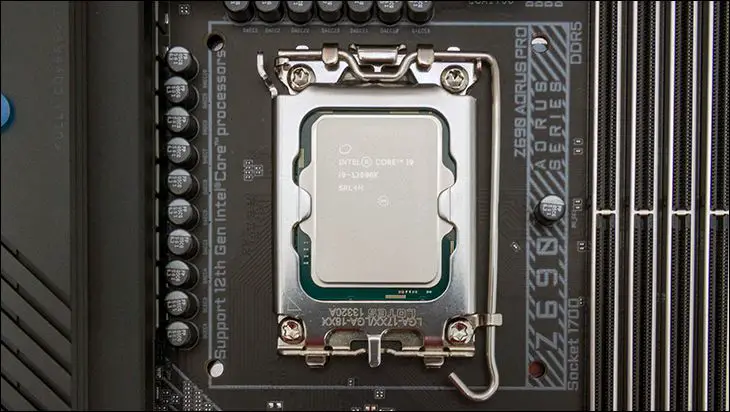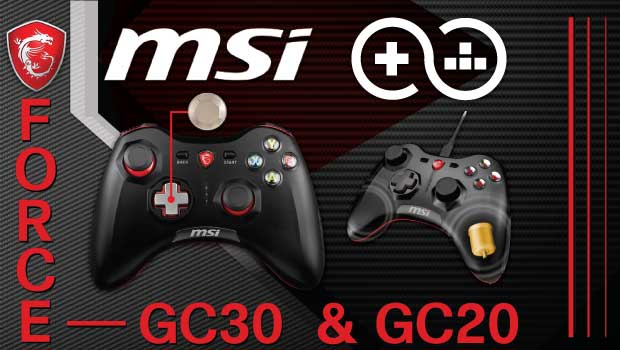Core i9-12900K Final Score: 90%
Core i5-12600K Final Score: 85%
It is obvious that with their 10nm issues finally fixed Intel is back and innovating like the Intel of old. From a consumer perspective the multi-year long delay was a Good Thing™. Such a major roadblock forced Intel to think of ways of lowering typical power consumption and heat output. The end result is an innovative approach that potentially will be the foundation upon which all future mainstream CPUs are designed.
With this new approach, ‘p-cores’ now can be fully optimized for full throttle performance with little worries over what their performance per watt abilities are at lower frequencies (which rarely scale in a linear fashion)… as they will seldom be doing anything other than ‘sleeping’ or ‘working’. It also makes sense from a system wide performance perspective as a 4 e-core block’s footprint is about the same(ish) as one p-core and yet offers at least as good to twice as good overall performance. This makes the equation simple: four threads with decent performance vs. one excellent + one good. So, while one can argue over the number of “e-cores” needed in a desktop CPU it will become harder and harder to argue over if there should be any.
This big.LITTLE approach (or more accurately ‘medium.MASSIVE’) to microarchitecture is why ARM and even Apple do things in a similar fashion. With Intel also onboard this this leaves AMD in the uncomfortable position of trying to convince buyers that their way is the right way and that everyone else is wrong or… shifting gears and trying to play catch up to the rest of the market. It certainly will be interesting to see what AMD actually does, but either way they are no longer the innovators of the mainstream CPU marketplace. They are, for the time being, once again followers. That has to sting.
When you then mix in PCIe 5.0 with DDR5 (that yes, is bloody expensive) and all the other “little things” baked into the new Z690 Southbridge the end result is impressive. Impressive enough that a good argument could be made one way or the other on if an Intel Alder Lake or AMD Zen 3 is ‘best’ for a given build’s needs. That that is not a Good Thing™. It is a Great Thing™.
That is the good and the great. Sadly, going hand in hand with all that are a few… antipositives. First. One can no longer look at core count and intuitively understand how much horsepower is on tap. Instead, in the future you are going to have to do some fuzzy math to get a general idea for actual performance a given CPU has to offer. Thankfully the reality is all existing 12th gen CPU are going to be fine for most mainstream buyers. None are ‘slow’. None are lacking in the ‘core’ or the ‘thread’ department. It really will come down to how much performance you need; how much heat your cooler can handle; and how much you are willing to pay for increased performance.
Next. If you need 12 to 16 high performance cores… as the old saying goes “there is no replacement for displacement”. Those (up to) eight Atom cores may have changed our opinion on Atom for the better, but they are no match for (up to) eight Zen 3 cores. So, if you fall into this niche, Intel is still lagging AMD and will continue to do so until they can either ‘rice rocket’ their e-cores into the stratosphere or figure a way to add even more to the die.
Lastly, the biggest stumbling block is the radical departure from previous architecture. While a necessary change, it does require a way of handling the critical e and p core thread assignments. A solution that had to be not only baked into the CPU itself but (for most buyers) also be able to communicate with software made by Microsoft. Unfortunately, Windows 10’s thread scheduler cannot properly communicate with Intel’s Thread Director controller. So, if you do not upgrade to an operating system created explicitly to give you as little control over it and your system as possible… expect wonky things to happen when an e-core is used for p-core duties.
Yes, with Intel’s 12th gen you are going to have to upgrade to Vista 2.0… err… Bars on the Window… err… Windows 11. Yes. The latest ‘odd generation’ of Windows is what is needed in order to get the full Little Big experience. Forcing Windows 11 (or, to some, Linux) adoption in order to get your hardware’s “Thread Director” controller to work properly is suboptimal. This is going to cause more hesitation in buyers than having to (potentially) buy new RAM.
This problem will potentially impact the Core-i9 (8e+8p or 50-50 chance) and that excellent Core i5-12600K (4e+6P or 60/40 chance of getting it right) more than the middle of the road Core i7-12700K’s (4e+8p processor or 2 out of 3 chances of getting it right). As such, even though we have not reviewed it, the Core-i7 may be the best blend of performance and value in the 12th gen lineup… just the way it is supposed to be before the 11th gen turned the Core-I product stack into “the dot over the i in Jeremy Bearimy”.
Quirks aside, we think Intel is indeed on the right track. It may take a few generations for their vision to be fully realized, but in the meantime the 12th Generation Core-I series is sure to satisfy most people’s cravings for performance while (possibly) reducing their PC’s carbon footprint. So, while it may not be a slam dunk across the board success, we do highly recommend the Core i5 and strongly suggest you take a long hard look at the Core i9 as well. Either processor should fit a wide variety of builds rather nicely.
Core i9-12900K:


Core i5-12600K:


The Review
Intel Core i9 12900K
Quirks aside, we think Intel is indeed on the right track. It may take a few generations for their vision to be fully realized, but in the meantime the 12th Generation Core-I series is sure to satisfy most people’s cravings for performance while (possibly) reducing their PC’s carbon footprint. So, while it may not be a slam dunk across the board success, we do highly recommend the Core i5 and strongly suggest you take a long hard look at the Core i9 as well. Either processor should fit a wide variety of builds rather nicely.












